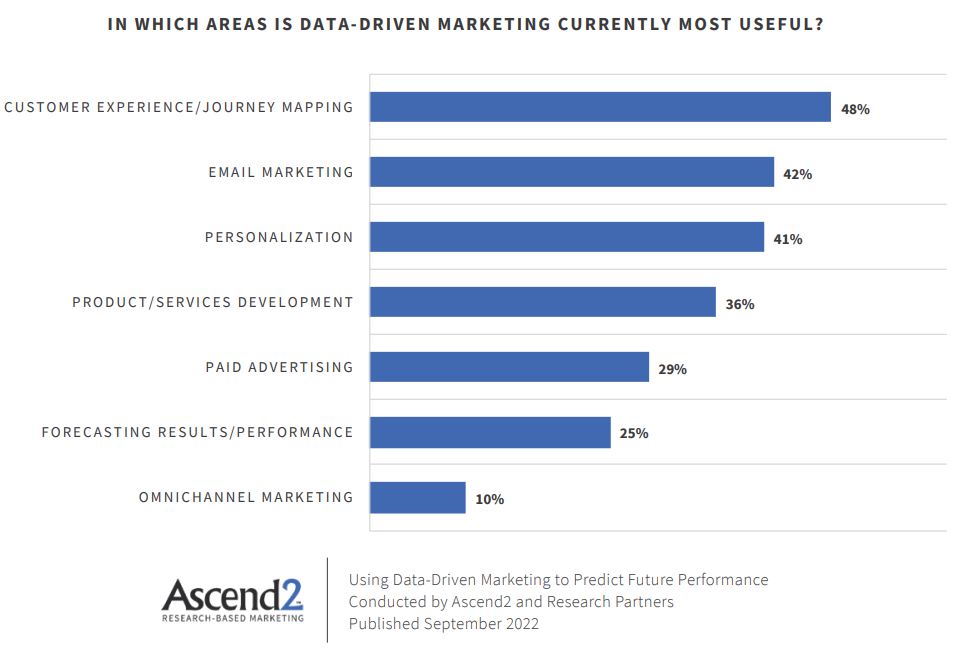Struggling to connect with customers? Segmentation is the way to go. Discover...

You must have heard of the term "one size doesn't fit all". This quote perfectly highlights the importance of customer segmentation for a business's growth and success. No two customers are alike, so a similar approach to dealing with all of your customers wouldn't work in the long run. Customer segmentation allows you to improve your customer experience with data-driven decisions.
With 69% of companies rating personalizing the customer experience as their top priority, the importance of customer segmentation cannot be emphasized enough. Let's see what customer segmentation is all about, and how it can help you deliver a personalized customer experience.

Customer segmentation is the process of sorting customers into different groups based on common characteristics and similarities. This can include age, location, gender, industry purchasing habits and preferences. By understanding these groups, businesses can personalize their marketing and sales efforts to meet the needs of specific people with higher chances of customer engagement.
For example, an E-Commerce food business identifies a group of busy professionals who frequently buy ready-made meals or one-click checkout options. Through this data, the business targets them with relevant products such as meal kits, office lunch boxes, or grocery delivery subscriptions. The company can also offer free trials or introductory discounts for customers.
Customer segmentation helps you design a sustainable business model, leading to better marketing, targeted product development and strong customer loyalty.
Geographic customer segmentation divides consumers into groups based on their locations. This includes countries, states, cities, neighborhoods or specific postal codes. This approach also leverages different geographical factors such as climate, cultural preferences or population density for better marketing strategies.
Demographic customer segmentation strategy divides customers based on their inherent characteristics. These characteristics are factual details such as age, gender, income, education level or family structure (e.g. single, married, children). Understanding these attributes helps businesses craft specialized offers for audiences with specific needs.
This goes beyond location and demographics and focuses on how customers interact with a brand and its products/servings. Customers are grouped based on their actions and behavior, such as:
Psychographic segmentation revolves around the 'why' behind customers' behavior, focusing on the psychological aspects that influence their choices. Such as:
Let's put it into perspective with the help of a practical example:

The above customer profile shows various factors contributing to Sara being an ideal client for a luxury real-estate business. This makes it easy for a business to target market efforts more effectively and get desired outcomes.
Below are some of the fundamental strategies you will need for an effective customer segmentation process.
Before you start the customer segmentation process, it is important to have clear goals and objectives in place. Ask yourself, what do you need customer segmentation for?
For a product launch, focus on psychographics (lifestyle, values) and customer needs (problems your product will solve). While creating a promotional offer, the focus should be on demographics (age, income) and behaviors (purchase history, engagement). This will help you create appropriate messages for your targeted customers and impact the result of your marketing efforts.
It is easy to get your hands on geographic and demographic data as it is readily available. However, understanding how the customer behaves and what drives them will need more effort and advanced tools such as:
Using these tools can help you get all the necessary information about client segmentation and provide specialized solutions to them.
Once you are done with the data collection, here is how to segment your customers into different groups:
According to research, 48% of marketers rate data-driven marketing as the most useful in improving customer experience/journey. Below are some effective strategies to reach out to your ideal customers:

This whole process doesn't stop at targeted marketing campaigns. For a successful outcome, regularly track and monitor your marketing campaign's performance to see if it is working in the right direction.
The importance of customer segmentation lies in its ability to foster a deep understanding of your customers, enabling you to personalize your offerings for the maximum benefit. Following are some of the key benefits of customer segmentation.
Stats show that 73% of customers prefer to do business with brands that use their data to personalize their experiences. Customer segmentation shows you who your target customers are and what exactly they want from your business. It helps you understand your customer's needs and use the right channels to deliver the relevant messages. This personalized approach makes customers feel valued, leading to more purchases and brand loyalty.
Customer segmentation can significantly improve customer support by highlighting the common issues or complaints occurring within a specific group of customers. For example, suppose a segment of new users struggles with a specific account setup. In that case, customer support can create targeted tutorials or FAQs to resolve this issue, saving time and frustration for new users.
Segmenting customers gives you real-time information about your customers' needs and pain points. It also helps you identify which of your products and services are popular among customers and which areas need improvement. This information can be used in the Research and development of new products or in improving existing ones to meet your customers' needs.
The article highlights the importance of customer segmentation for a business to truly understand its audience. It helps businesses with targeted marketing and product development and provides personalized support according to the specific needs of each segment.
Using AI support could be a convenient way to gather valuable customer information. AI chatbot customer service gives you access to real-time customer data that you can use to build strong relationships with your customers and provide an exceptional customer experience.